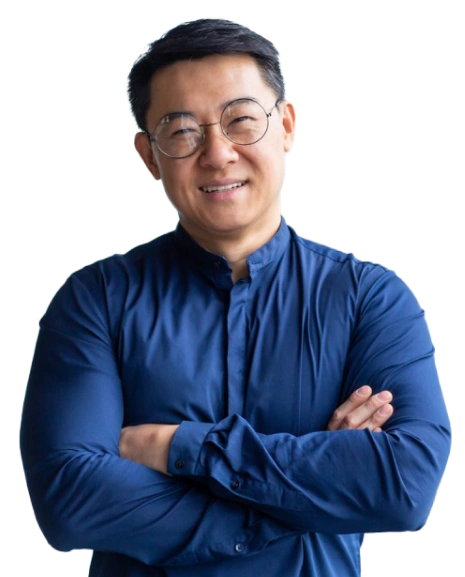Program
This program can be offered at the campus(es) below. Please contact the campus of your choosing for program availability and delivery methods.
View Campus Availability


View Delivery Methods

Program
This program can be offered at the campus(es) below. Please contact the campus of your choosing for program availability and delivery methods.
View Campus Availability


View Delivery Methods

STRATEGIC BUSINESS PLANNING
MARKET & DATA ANALYSIS
DIGITAL MARKETING
SOCIAL MEDIA MANAGEMENT
PROJECT MANAGEMENT
E-COMMERCE STRATEGIES
BRAND & REPUTATION MANAGEMENT
CUSTOMER RELATIONSHIP MANAGEMENT
PROFESSIONAL COMMUNICATION AND PRESENTATION

Designated Program
This program is approved by the Private Training Institutions Regulatory Unit (PTIRU) of British Columbia.

Admission
Benefits of this program
Employment Opportunities
Admission
Benefits of this program
Employment Opportunities
Gain a distinct advantage by earning industry-recognized certifications that validate your expertise and skills in key areas such as digital marketing, project management, and CRM. Our program prepares you to succeed, whether you're advancing, switching careers, or starting your own business. Invest in yourself and join a community of certified professionals shaping the digital economy.

Our extensive network and reputation for excellence ensure that graduates are in high demand in today's competitive job market. Prepare to excel in sought-after roles with renowned companies and unlock limitless career opportunities. Elevate your career trajectory and secure your future with our program tailored to meet the demands of industry leaders.
